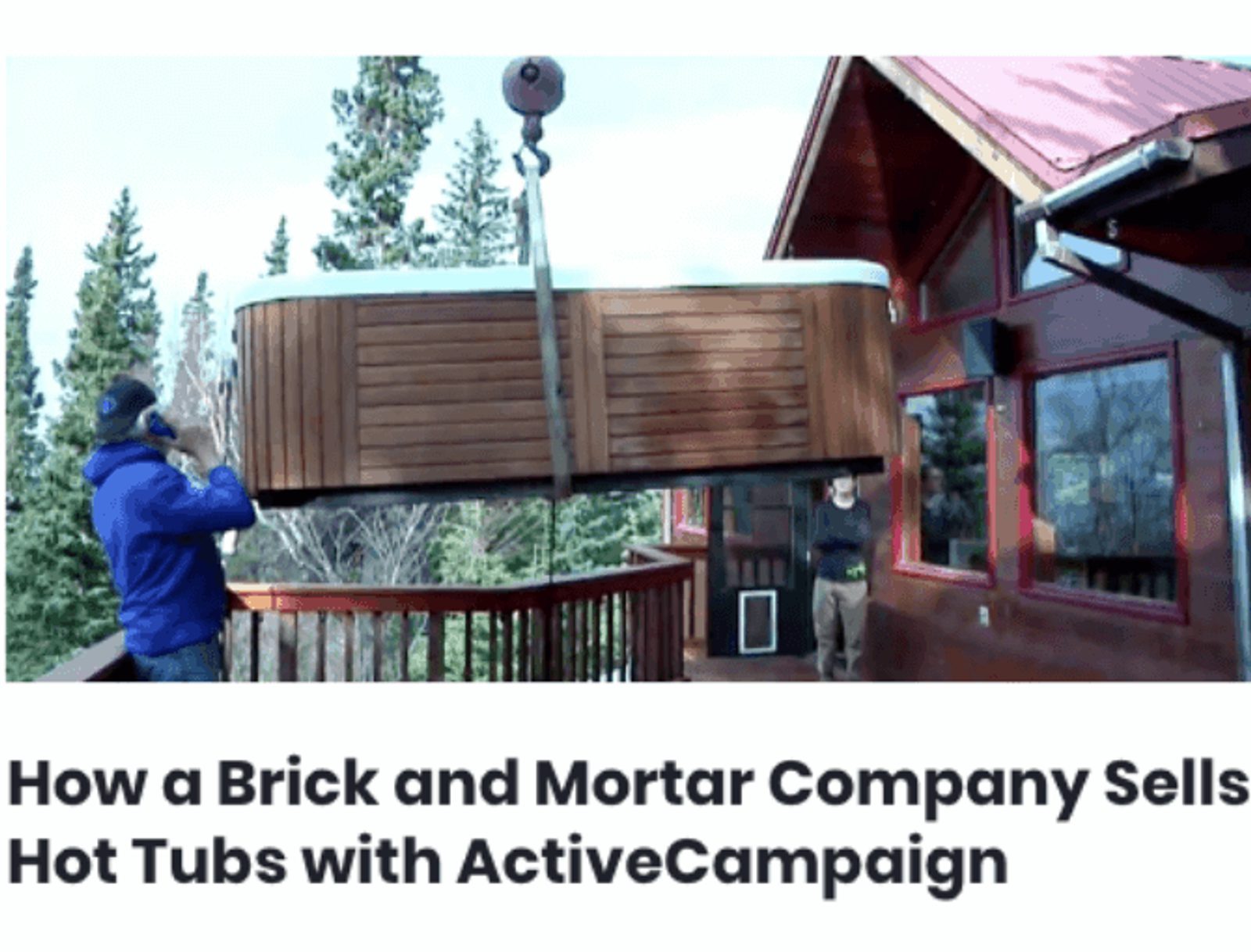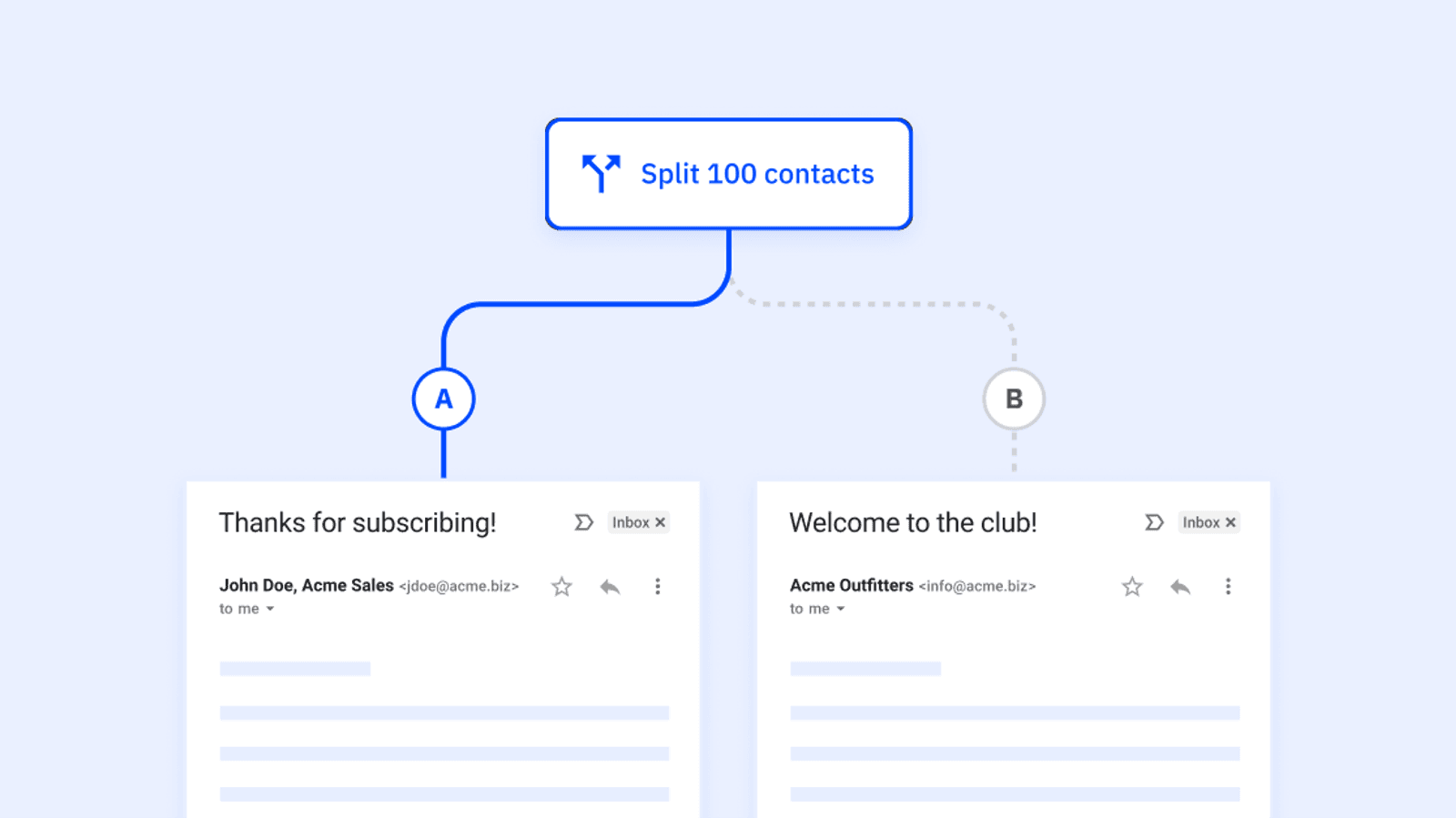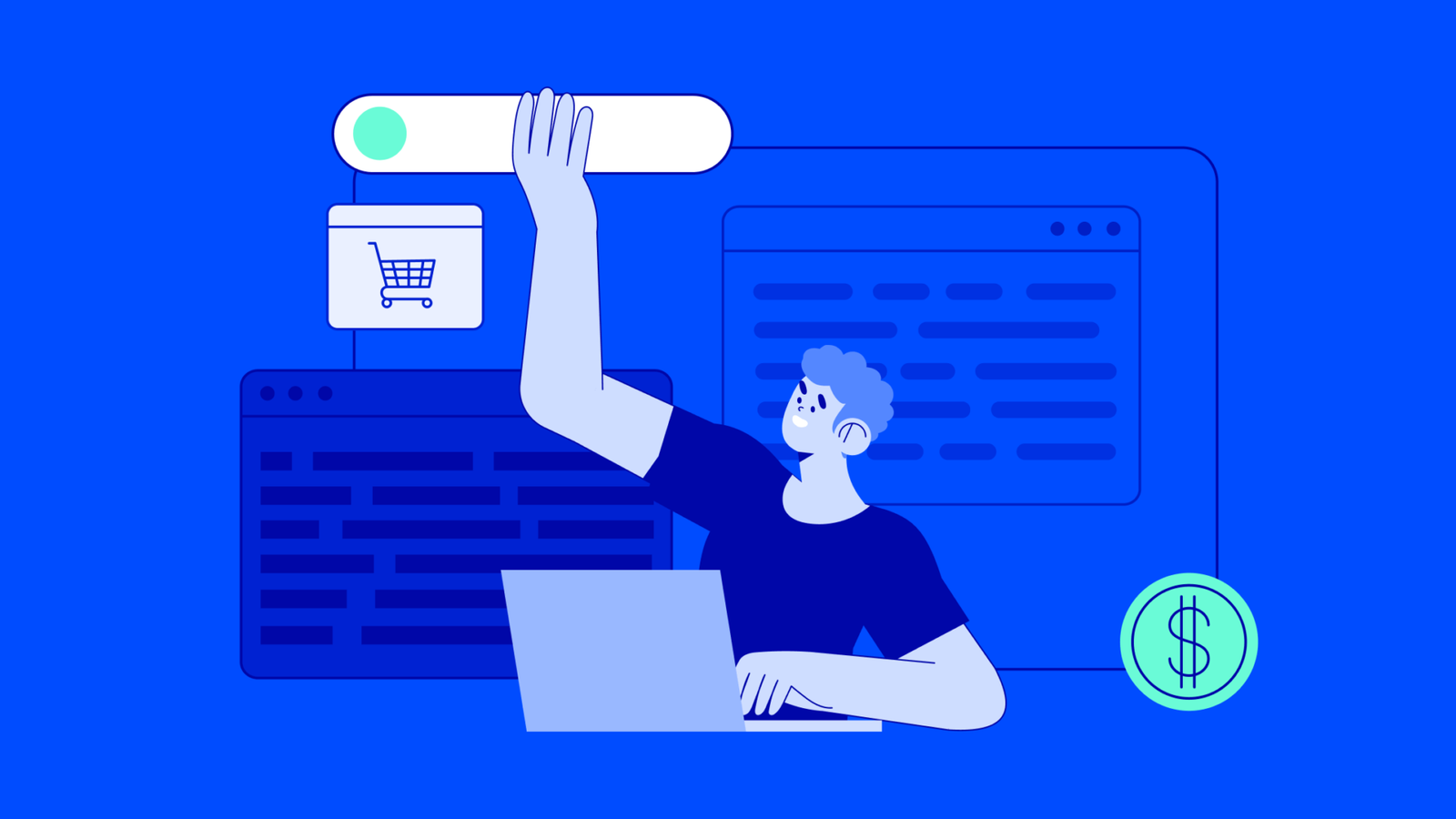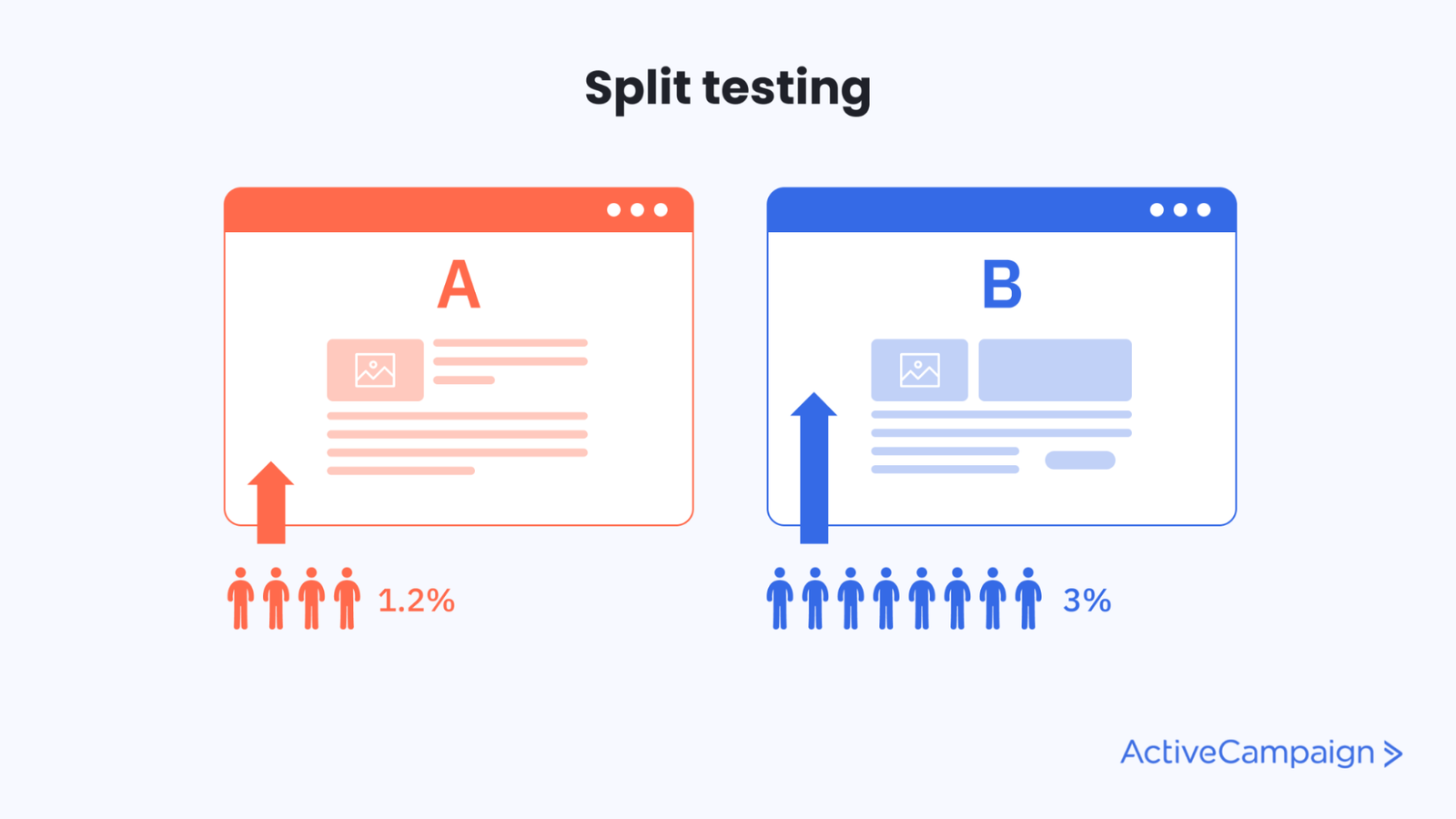A product funnel is a marketing funnel is a sales funnel. A lot of searching will tell you that most people think these are all the same thing using interchangeable terms.
Do those terms sound familiar to you? Probably. Does one sound more familiar than another? Possibly. But here’s the real question -- Do you think they all mean the same thing?
Answer: They do. And they don’t. But we will explain that in a minute.
What you really need to understand about a product funnel, marketing funnel, and sales funnel is that they all have one very important component in common.
Content.
No part of a funnel, whether it’s regarding the marketing or the product or the sale of it all, can be done without content.
But, first, we will clarify: what are all these ‘different’ funnels?
What is a product funnel?
A product funnel is a component of an overall sales funnel. In the same way that sales involve marketing, sales also involves a product (whether it is physical or digital).
Confused? You won’t be in a minute.
These days, sales and marketing as concepts are becoming more one. A team that symbiotically helps each other through their respective funnels that in fact are fairly intertwined.
What tends to differentiate them is how companies use them for their unique products and services. Hence, terms like product funnel or conversion funnel are born and used to serve unique purposes.
To have sales you need to have marketing, and vice versa. To have either of these, you need a product. BUT, remember:
- A product can be physical.
- A product can be digital.
- A product can also be a service and not any specific, tangible product at all.
What matches the concept of a product funnel is the what that is accompanying a potential lead through the marketing and sales funnel.
The overall point of understanding these terms is that you don’t need to understand them individually. The meanings behind “product” “marketing” and “sales” are not specific to only their individual funnels.
They are multiple components that often work within one funnel that you are guiding leads through.
But, for the sake of minimizing confusion, we’ll mostly stick with “product funnel” in this instance.
All of these terms work together to create the four stages of a funnel. Awareness, Interest, Decision, Action. Although these stages are commonly referred to as simply the top, middle, and bottom of the product funnel, what’s coming is a deeper dive into the product funnel stages.
And, again, what is one thing that all three of these funnel components need? Content.
Get ready to dive deep into the pool of product funnel content.
This is the best way to move people through your product funnel
What are the stages of a sales funnel?
There are four stages of a sales funnel: Awareness, Interest, Decision, and Action. They are commonly also known as marketing or sales funnel stages, and also as AIDA. These 4 stages are within 3 general categories:
- Top-of-Funnel
- Middle-of-Funnel
- Bottom-of-Funnel

The four sales funnel stages
Funnels don’t magically appear ready-made for companies to use at will. The funnel content that you use will depend on your actual product, your audience, methods of communication, and more.
Here’s what each stage means:
What is the awareness stage?
This stage serves to make the initial impression. The goal is to induce enough curiosity and awareness through content that highlights you as a solution to a problem. Sometimes, even a solution to a problem they didn’t know they had.
SEO and content form a hugely important partnership at this stage. They can’t know you if they can’t find you.
What is the interest stage?
You’ve piqued their interest, now you have to keep it. This stage is about retention, and continuing to provide memorable, value-added content is a critical part of this. Content at this stage goes deeper than awareness stage content.
What is the decision stage?
Often also called the Desire stage, this is where a consumer’s journey turns from wanting a solution to wanting you as their solution. You’ve made them curious, you’ve kept them interested, and the combined power of those stages leads them to decide on you.
Did you know that 20% of consumers want to talk during this stage of the funnel once they’ve decided to buy? Whether via email or phone call, this can be automated for your ease and theirs.
What is the action stage?
This is the time for the closer or the call-to-action that induces a consumer to act on their decision. It’s the green light but remember: a conversion at this stage doesn’t always mean a sale. Conversions can include any type of customer action.
There’s also a stage even below the bottom-of-funnel.
We’ll get to that.

If you want a clear example of AIDA, take a listen to Alec Baldwin’s speech in the film Glengarry Glen Ross to the employees of a sales company.
First, we need to get their attention. Once we have their attention, we need to get them interested in what we have to offer. After that comes the reader’s desire for what we have to offer. Finally, we get them to take action.
But don’t let Alec Baldwin scare you. AIDA is not as intimidating as he makes it sound.
Bonus: If you know copywriting, you know that there’s also a copywriting formula called AIDA. Copywriting with AIDA is a great way to organize audience research and create a compelling copywriting message.
Copywriting is a key part of the funnel as well (content KIND OF needs good messaging to work well).
So within these 4 stages, you will build your own unique funnel. After all, the auto industry won’t have the same funnel strategy as a health and beauty company. But how do you build your own funnel? Like a bad habit, we’re back saying it again- with content.
Valuable content is the backbone of a product funnel. It helps to build the personality behind the product-- who your company is, why they should trust you, and why you’re the best choice over others. Content is important at every stage of the funnel, and this is why.
Content: 1 word, 4 questions, multiple methods
No matter what stage a lead is in during their customer journey, they will all need content. The AIDA stages ask important questions that content will answer:
- How will people find you?
- How will people learn about you?
- Why should people buy you?
- Why will people refer you?
Content gets people to the mouth of the cave, AKA the top of the product funnel.
Top-of-funnel content: How will they find you?
The fun thing about content is that there are so many different ways to create it. Plus, the multiple sales funnel stages allow for multiple opportunities to share it.
Well, don’t go overboard with too much content in each stage, but you get the idea.
This stage of the product funnel is where the marketing funnel aspect really kicks into gear and sets the tone of marketing for the stages that follow.
Your funnel marketing tools will be the types of content you create and where you will share them.
At this stage of initial Awareness, you want your content to accomplish two goals:
- Help people find you (this is kind of critical)
- Give people just enough information to keep them interested (and heading to the Interest Stage)
The first goal you accomplish with SEO. The second one is by observing and listening to your audience.

How does this 81% of shoppers browsing online find you as their solution
With good, SEO-optimized content. Some funnel marketing tools you can use at this stage are blogs, ebooks, webinars, and other long-form content such as an infographic.
Of course, don’t think you are limited to written content by this list of suggestions. Depending on your business type and what kinds of leads are making their way to and through your funnel, you can do other content like:
- Videos
- Social media campaigns
- Educational courses
- Webinars
When you’re creating whatever stellar content you decide on, one important thing to remember (regardless of whether it’s written, verbal, or visual) is to talk like a human.
Are you a robot? Do you speak robot? Do you like to be spoken to with lots of convoluted and multifarious articulation and jargon?
If you didn’t understand that last sentence, then your overall answer is probably no. And it should be.
People search simply. They get directly to the point and are not looking for incomprehensible explanations to answer their search query. This means if your content reads like a robot using over-the-top language, the odds are people will not be searching for it.
The key takeaway? Don’t use big words when you can use small ones.
Which brings us right back to SEO.
When creating and optimizing your content for SEO so that you are easy to locate at the top of the funnel, consider your audience. Think about:
- What language or tone of voice people are using?
- What common keyword phrases exist in your industry?
- What pain points you can address when you speak?
Look at the language of testimonials and reviews. Look at the language of your competitors. Do your due diligence in keyword research before you begin content creation. Often, this research will lead you right to the content you need to create.
SEO will carry throughout the funnel, but it’s not the only way to keep up their awareness long enough to get to the middle funnel stages -- Interest and Decision. The type of content you choose counts just as much.
Middle-of-funnel content: How will they learn about you?
During the stages of a customer journey, they are forming an opinion of you at every point. What content they encounter is a huge part of this.
By the Interest stage of the funnel, they have had a snapshot view of your brand and your product. They have seen a bit of what you’re about and have filed you in their mind as an option in their search process. So, it’s time for more content between Interest and Decision stages.
But, what content is that?
What your potential leads have gotten so far from your content are an awareness and developing interest. Now they need content that reinforces their interest and takes it all the way to a decision and an action. This content will help them evaluate your product more deeply.
Consider these types of content at the Interest and Decision funnel stages:
- Reports
- Case studies and testimonials
- How-to-guides
- Datasheets
- Reviews
- Demo videos (live or pre-recorded)
- Phone calls (no, this isn’t a typo)
In other words, customers are looking for content that validates you as a top solution.
Do you remember when someone at school would wear a cool outfit, and everyone else would ask where they got it, talk to friends about it, and go to the store to get the same thing? They wanted to have the same experience, and they did thorough comparison research to get it.
Not much has changed from that. It’s the same in a sales funnel. Everyone searching for a solution to a problem wants to look in depth at two things:
- What everyone else is doing.
- Why they are doing it that way?
Let’s think this example through. Seeing the cool outfit a schoolmate was wearing was the initial awareness. The interest was asking questions about it, which prompted the decision to do further research (AKA brand comparisons, cost comparisons, and more). Hello, middle funnel.
Eventually, that deeper content would lead them to act on the decision to buy that same outfit or buy a competitor's better option.
Tadaa. AIDA.
Reviews, case studies, phone calls, and testimonials can be critical at this point. Leads have heard from you, and now they want to have you validated by others who already became customers.
For example, ActiveCampaign publishes several customer testimonials to give other businesses a chance to see how other people use the platform in different industries.

ActiveCampaign sells hot tubs now! Just kidding, but we help our customers do it.
Not all content throughout the stages has to be tangible (like a phone call or live video demo). A potential customer has a lot to gain through personal touch content. This is something that we value greatly at ActiveCampaign and work every day to maintain.
Bottom-of-funnel content: Why should people buy from you?
By now your leads know your name. They know who you are, what you’re about, and they’re ready to move forward. Great work! But the work isn’t over yet.
Now that they’re at the bottom of the funnel, you need to remain top-of-mind. Yes, that might sound backward.
Trust us, it’s not.
The further you get down the product funnel, the more present you become in the customer's mind. To keep this momentum going all the way to the finish line, there are a few content ideas to try.
- Emails
- Paid advertising
- SEO for transactional phrases
- Help resources
Email marketing can be used all throughout the funnel, but they are increasingly important at the bottom (and below the bottom) of the funnel. For example, your lead may have decided to buy from you in the previous stage.
Maybe they added to their cart, visited several pages, hit checkout, and then...went for a walk. Or out to lunch. Or to something that made them abandon the cart. Hope isn’t lost! An automated abandon cart email series can work wonders to save the day.

Paid advertising can be a great partner to organic content. According to eMarketer, Facebook accounts for more than 65% of total ad spend in the 2015 social media ad world. 94% of B2B marketers use LinkedIn and 84% use Twitter, according to the Content Marketing Institute.
You can directly link a product page to a Facebook ad to bring them directly to a point of online purchase.
SEO for transactional phrases is keeping up with SEO throughout the funnel. But this time a bit more commanding SEO style. Now is the time to get more targeted and direct with your SEO keyword phrasing.
In earlier stages, you were coaxing but not hard selling. Now, you can use paid advertisements and other content to use more transactional, sales SEO phrases. For example, if you were selling eyewear, you might use the transactional phrase “buy glasses online” in a Facebook ad.
Help resources are universally beloved by consumers. Once a relationship has been built, you can send emails or create landing pages with helpful, downloadable guides and resource lists. You can also create a Help Resources page on your site, like the ActiveCampaign Education Center.
Many a customer’s first instinct is to Google something, so be prepared to either be found on that first results page or make helpful resources readily available on your site.
Content in this stage is meant to reinforce their Decision to take Action with you. Value-added content is key for this to be successful.
If you are an online clothing retailer, for example, you could create a downloadable size guide with international and local sizing comparisons.
That is a piece of reliable, evergreen content that can place you as a trusted resource for future visits.
Below-the-bottom: Why will people refer you?
Once you’ve got a lead all the way through the product funnel, guess what?
It’s over! You’ve guided them through the 4 funnel stages with the power of SEO-optimized content and thoughtful marketing, and now the work is over. They are a customer and a customer they will stay.
Just kidding.
Remember how we mentioned earlier that we would get to talking about a funnel stage below the bottom? We’re getting to that now.
Your lead has become a customer, but getting through the funnel does not mean that they will always stay one. Not without proper content delivery and continuous engagement, anyway. You also want them to refer their friends.
This is where the combination of automations and a personal touch continue to help.
You may have already been using automations with lists, tags, and segments helping you make sure the right content reached the right people at different stages. That’s awesome! Once a lead becomes a customer, automations continue to be a great marketing resource.
Below the bottom of the sales funnel are opportunities for continued engagement through email marketing and human communication. With the help of automations, you can retain customers with a few different methods:
- Onboarding or welcome email series
- Referral bonuses
- Customer service (online or phone)

This could be your welcome series automation.
ActiveCampaign email templates make the creation of an onboarding email automation as easy as breathing. Providing pertinent post-funnel email content like a purchase confirmation or other product recommendations can keep customers coming back.
Also, don’t forget the power of personal human touch. Encourage referrals and make yourself readily available for customer service needs. Send periodic email check-ins or schedule progress calls. It’s all valuable content!
Conclusion: Product funnels need good content
So, what’s the bottom line, you might ask?
Don’t think exclusively like a salesperson. Or a marketer. Think like a customer.
Think about it.
All of the content needed for each of the sales funnel stages isn’t going to be for your eyes, it’s for the customers. Put yourself in a customer perspective.
Ask yourself AIDA:
- What about this would this pique my interest?
- How would this keep my interest?
- What factors will convert my interest into a decision?
- What action would I take based on that decision?
If you can’t answer it for yourself, your customers won’t be able to answer it for themselves.
How can one lead the people (to the end of the funnel) if they do not know the people?
Make sure you know your people.
Even while you’re a marketer or a salesperson, you’re also still a customer in your own life. So, when you’re considering product funnel content, consider:
- Who’s looking for a product
- Why they are looking for it (and why you would)
- How people search (and how you would)
- What is helpful, relevant content (and what you would find helpful)
Happy product funnel content-creating!








